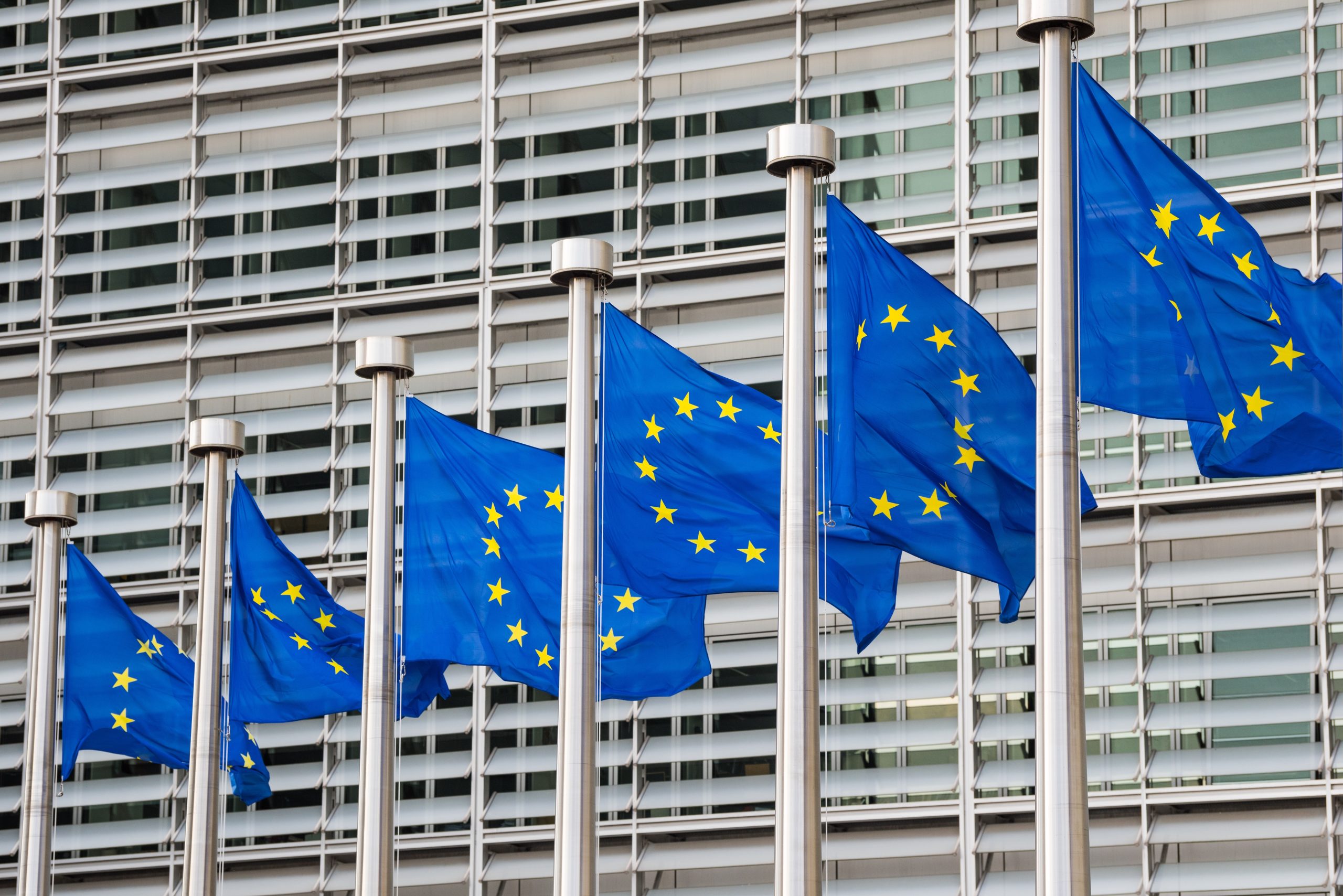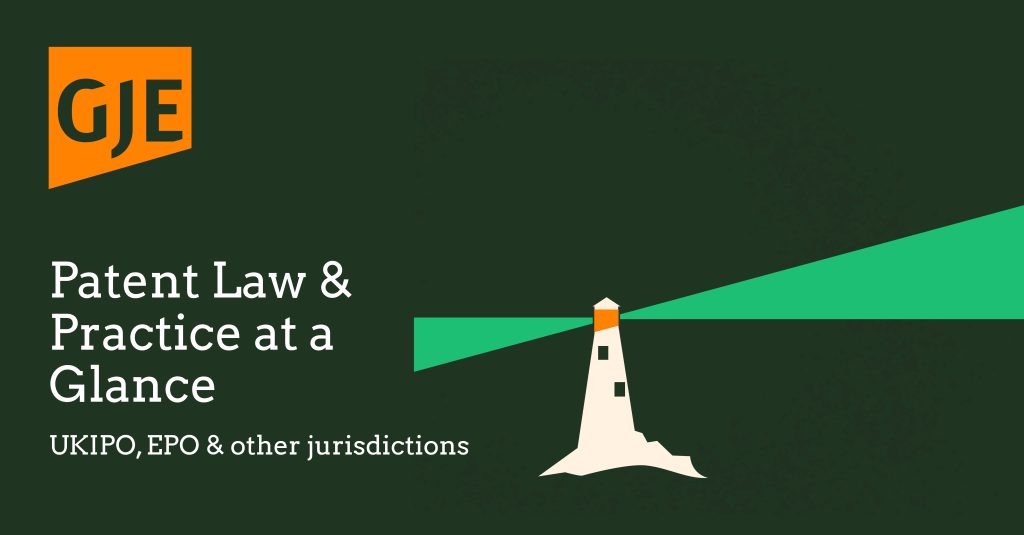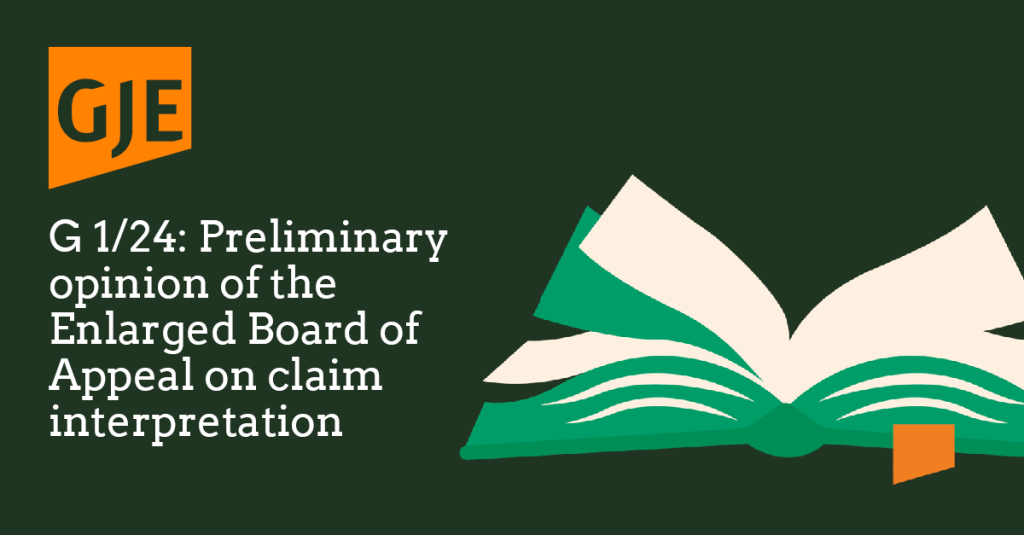
In a rare but highly important decision involving European patents, the European Commission has recently found the pharmaceutical company Teva guilty of abusing a dominant position in relation to its blockbuster multiple sclerosis drug, Copaxone®. In doing so it imposed a fine of €462.6 million.
Article 102 of the Treaty of the Functioning of the EU prohibits the abuse of dominant market positions. The implementation of these provisions is defined in the EU’s “Antitrust” Regulation (Council Regulation No 1/2003), which is also applied by national competition authorities.
Teva’s behaviour included[a] the alleged misuse of patent procedures by filing multiple divisional patent applications and then withdrawing some of them during opposition appeal proceedings, thereby presenting moving and illusory targets for competitors. This had the effect of delaying or avoiding potential invalidation of patent protection, thereby artificially extending the protection for the active ingredient, and delaying market entry for competitor products.
Such a significant fine is a clear warning shot to companies that similar practices will not be tolerated by the Commission.
The full decision is yet to be published by the Commission. In the meantime, Teva has stated that it disagrees with the Commission’s decision and that it intends to appeal.
For the pharmaceutical industry and beyond, the decision is likely to have far-reaching consequences. What once seemed a mainstay of strategic patent portfolio management may now provide the smoking gun used as evidence of behaviour contrary to the EU rules on anti-competitive behaviour.
As a European patent representative of one of the opponents involved in the series of Copaxone® patents which gives rise to this EU decision, Arnie Clarke provides his thoughts on what the decision might herald for anyone intending to file a divisional European patent application.
Background
Divisional patent applications are those deriving from an earlier patent application referred to as the “parent”. The rationale for divisional patents is that a patent may be granted for only one invention. Conventionally, a divisional application is filed if the parent application is deemed to lack unity of invention, i.e. it includes more than one invention. Under these circumstances, the applicant can hive off one or more of its inventive concepts into one or more divisional applications, which share the filing date of the parent. At present, no limitations exist in European patent law for new divisional applications and applicants may file as many divisional applications as they wish, without any justification being required.
As such, a European patent application may give rise to multiple divisional applications, which themselves may give rise to multiple divisional applications. These families of patents can consist of multiple generations of divisional applications. Each divisional application has to be separately prosecuted through to grant and is generally dealt with separately during the EPO’s opposition and appeals procedures. This can give rise to lengthy and sometimes parallel (and arguably redundant) patent prosecution of inventions arising out of the same application, and bearing the same filing date.
As mentioned above, the conventional reason for filing a divisional application is to pursue subject matter relating to a second or further invention originally present in a patent application. This can arise out of an a posteriori analysis by the patent office (where some discovered prior art falls within the scope of the claims or renders them obvious), leading to the applicant carving away the residual patentable subject matter once the prior art has been taken into account. Alternatively, the application may have been drafted explicitly to cover more than one invention – consider a claim set relating to a plug and socket, or a drug and its pro-drug or derivative. While these may be related, they are limited by different structural characteristics and may be independently patentable.
Of course, it is entirely ethically and legally legitimate to file multiple divisional patent applications dependent on the circumstances. A patentee should have the right to protect its inventions, regardless of the perceived strength of its patent protection.
So what is the problem?
Some patent applicants have used the patent system to pursue divisional patent strategies which observers have argued are ethically questionable (whilst being legally legitimate). These include:
(i) filing cascades of divisional patent applications, in a staggered fashion, and relating to trivial differences compared to the parent application, or at least those not involving a distinct inventive concept;
(ii) defending such divisional patents in European Patent Office (EPO) opposition and opposition appeal proceedings;
(iii) enforcing these divisional patents in national courts, for example via preliminary injunctions; and,
(iv) preventing judicial assessment of a patent in the family by withdrawing it before a decision on its validity can be taken by an Opposition Division or Technical Board of Appeal of the EPO.
Given that national validity proceedings can be stayed if an opposition or appeal is due to be decided at the EPO, this can lead to lengthy delays in yielding any official validity opinion or decision until one or more of the family of divisionals is finally considered by an EPO Technical Board of Appeal. This can run to many years, and in some cases beyond the 20-year lifespan of the patent in suit.
Consequently, this can lead to:
(i) prolongation of the enforceable life of foreseeably invalid patents;
(ii) parallel oppositions and litigation against multiple members of the same patent family;
(iii) delayed product entry by third party manufacturers;
(iv) a risk of damages being awarded by a national court, even if the divisional patent is later revoked in national proceedings or at the EPO.
Where a patent relates to a weak invention, this practice can be used to avoid or delay the judicial and administrative procedures inherent in the patent system, providing life support for foreseeably invalid patents.
These practices alone are insufficient to raise eyebrows at the EPO – all of the above divisional filing practices are entirely legitimate from an administrative and judicial EPO perspective. However, it is this type of behaviour in combination with Teva’s allegedly dominant position in the multiple sclerosis treatment market that appears to have got it into hot water. This is why the present case has been brought by the Commission, rather than by the EPO.
The Commission’s summary of the situation is that Teva filed multiple divisional patent applications in a staggered way, creating a web of secondary patents around Copaxone® focusing on the manufacturing process and the dosing regimen of glatiramer acetate. Challenges to these patents were filed by Teva’s competitors in order to clear the way to the market. Pending post-grant validity challenges at the EPO[b], Teva started enforcing these patents against competitors to obtain interim injunctions. When the patents seemed likely to be revoked, Teva strategically withdrew them, to avoid a formal invalidity ruling, which would have set a precedent threatening other divisional patents falling like dominos. By doing so, Teva repeatedly forced competitors to start new lengthy legal challenges. This tactic allowed Teva to prolong legal uncertainty over its patents artificially and, potentially, hinder the entry of competing glatiramer acetate medicines.
Consequently, it has taken nine years since the expiry of the basic patent for Copaxone® for the subsequent slew of derivative parent and divisional patents to be invalidated by the EPO’s opposition division and Technical Boards of Appeal.
Pending the full decision of the Commission, its limited comments conclude that Teva’s actions of misuse of patent procedures and systematic disparagement campaigns were complementary, and cumulatively infringed Article 102 TFEU in Belgium, Czechia, Germany, Italy, the Netherlands, Poland and Spain.
The Commission has also reported that, in arriving at its decision, it relied upon documents from Teva’s in-house lawyers who were involved in the design of its strategy to protect Copaxone®. In-house lawyer communications are not privileged under EU law.
How does it affect me?
We will have to wait to see what the full decision says about the alleged abuse of a dominant position perpetrated by Teva. Once the full decision is available, we will provide more detailed guidance on the Commission’s analysis of Teva’s divisional patents strategy. However, it seems that tactically withdrawing patents from the purview of the EPO, and re-starting infringement actions based on extant divisional applications is likely to be the primary reason for the Commission’s finding of abuse. Patentees should avoid seeking to delay generic entry in this way.
It is also interesting to consider who might be considered liable if found guilty of similar behaviour. In the present case, Teva Pharmaceuticals Europe B.V. and Teva Pharmaceutical Industries Ltd are the subject of the decision. However, various national provisions allow prosecution (variously in either criminal or civil proceedings) of company directors and private individuals found guilty of contravention of competition rules.
Care should also be taken around in-house lawyer communications. In this regard, it appears that a critical part of the Commission’s evidence was the trail of breadcrumbs left by Teva employees.
Conclusions
While such divisional practices could apply to any sector, the Commission is clearly focussing on abusive conduct in the pharmaceutical sector. Given the broad and relatively ill-defined nature of conduct that could qualify as abuse, companies in the pharmaceutical sector, who will often find themselves in a dominant position based on their IP rights, will need to be very careful in ensuring that their patent filing and enforcement strategies are not perceived as abusive by the competition authorities.
We will be reporting when the full decision is published, so follow us on LinkedIn for further related news and insights. In the meantime, please contact Arnie Clarke if you would like to discuss the potential relevance of this decision to your business, or email gje@gje.com.
[a] The abuse allegedly also included a systematic disparagement campaign against a competitor’s product which delayed its entry to the market. This aspect of the decision is beyond the remit of this article.
[b] Multiple patents in various families were opposed and decisions subsequently appealed.


